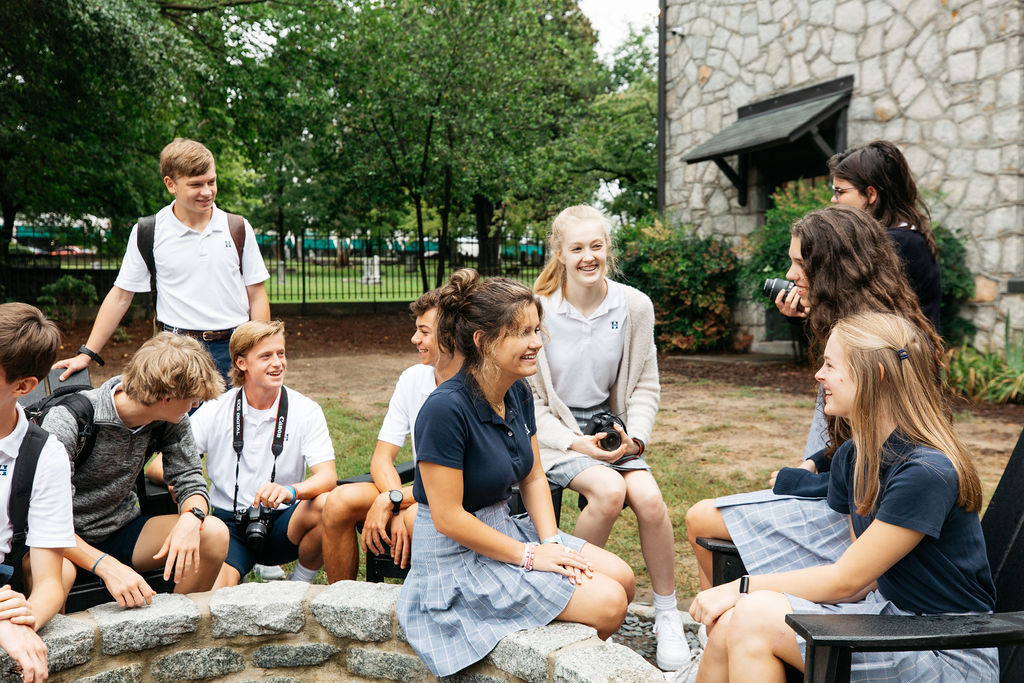As an educator in my fourth year of teaching high school sciences, I’ve come to realize that attentive students significantly ease the challenge of fostering a productive learning environment. If we think of teaching as placing stepping stones between what is known and what is unknown, it becomes clear that it’s vital for students to understand the best path to take. Over the years, I’ve amassed a catalog of common mistakes that my students consistently make, despite being warned in advance. The surprising part, however, is that these mistakes continue to occur even when students are actively listening and engaged. What happens in that gap between instruction and understanding?
I can certainly structure a forty-five-minute lesson that commands my students’ attention, using various strategies to capture their focus when their minds begin to wander. Yet, the heart of effective teaching is the students’ willingness to devote their attention to the subject matter at hand. When it comes down to it, the mental commodities that students invest in—time and attention—are what ultimately shape their learning. This brings us to a crucial point: anything that captures our imagination becomes something we care about. Love, then, is foundational to learning.
Now, I’m not suggesting that I expect every student to fall in love with physics or chemistry. Perhaps only one in twenty might genuinely love science class. However, I’ve observed that a student capable of learning statistics for a dozen football teams or memorizing the rules of multiple board games can also learn complex physics equations or tackle challenging math problems. A student who can solve a Rubik’s Cube in thirty seconds is also capable to memorize and recite the Gettysburg Address. The key is that love and passion remove the friction from learning. When we are willing to let ourselves be astonished by the world around us, if we are willing to offer up a little bit of care and rightly order what we love, we can learn just about anything.
Contemporary American poet Mary Oliver may have given the most succinct encapsulation of the joy of lifelong learning in her poem “Sometimes”:
Instructions for living a life:
Pay attention.
Be astonished.
Tell about it.
In our Portrait of a Graduate, our ultimate goal is not overly complicated, but it is increasingly challenging in a broader culture that often values instant gratification and short attention spans. “Beginning with the end in mind, we endeavor to develop students who are equipped to listen carefully, reason wisely, think precisely, and articulate persuasively.” Our aim is to cultivate students who approach the world with curiosity and care, ready to engage deeply with the subjects that matter. While attention is essential to this process, it’s the love that follows.
As poet Gerard Manley Hopkins reminds us, “The world is charged with the grandeur of God.”
Isn’t that astonishing?
Mr. Jim Dolas
High School Physics and Chemistry
Science Department Chair


